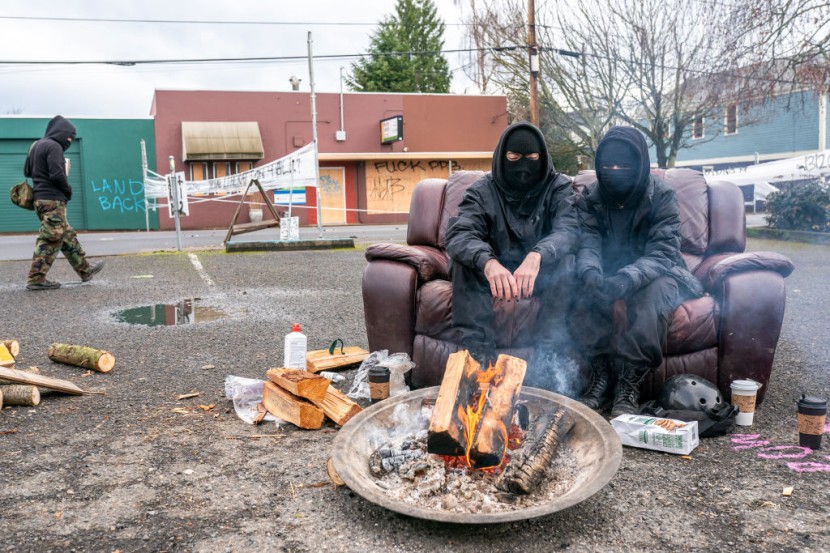
With 2020 approaching its end, so does the expiration of a countrywide ban on evictions, which prompted opponents to warn that leaving people without such a safety net will only exacerbate the rise in coronavirus infections, specifically within communities of color and low-income individuals.
Visiting professor of Law at Wake Forest University, Emily Benfer, whose research specifically concerns the intersection of public health and housing, shared that this is an incredibly dangerous moment for the country, US News reported.
The nationwide eviction moratorium of the Centers for Disease Control and Prevention will be lifted on the first day of the year, January 1, after it was being enacted September 4 as help for mitigating the spread of coronavirus.
According to a database maintained by Benfer, which is tracking the eviction policy, several states have let their own eviction bans lapse.
Kathryn Leifheit, a researcher in the UCLA Fielding School of Public Health, shared that she thinks that there is a perception among state governments that once the CDC moratorium went into place, the problem will be solved.
Leifheit, who is also a co-author of a recent study that examined the trends in coronavirus transmission and mortality in states along with their association with the expiration of eviction bans.
Based on researchers, they have found that from March 13 to September 3, 27 out of 44 states that were examined lifted their bans. Within the 10-week time frame after bans were lifted, coronavirus cases in those who did the lifting exhibited 1.6 times the incidence in states where moratoriums were kept in place. In 16 weeks, incidents were more than twice.
Read Also: Millions of COVID-19 Vaccine Unclaimed Amid Struggles in Future Productions
Moreover, mortality was 1.6 times higher at seven weeks in states that lifted their beans, and it even grew to 5.4 times greater within 16 weeks.
Based on the researchers, the findings that they have gathered translated to 433,700 excess cases, and 10,700 excess deaths were tallied nationwide which was linked to the lifting of the eviction bans.
According to USA Today, the study that was published online on November 30 has been submitted for peer review. Still, with the CDC moratorium poised to lift, Dr. Craig Pollack, the co-author and also an associate professor in the Johns Hopkins Bloomberg School of Public Health shared that the researchers wanted to get the information out as soon as possible.
Despite comments coming from proponents that it is crucial protection, the CDC ban comes with limits and loopholes, and evictions have still occurred.
It does not forgive rent, for example, and tenants must sign a declaration which states that they are attempting to make partial payments and would be rendered homeless or forced into a shared living or congregate setting if they were evicted, among other things.
Even landlords were not also prevented from starting eviction proceedings, which means that renters can more quickly be removed once the ban expires, WSAV reported.
Still, people are hopeful that the ban will be extended into the new year, either by the move of the agency or through congressional action.
As Congress closes out on another round of COVID-19 relief, the group of bipartisan lawmakers unveiled on Monday that two stimulus bills are in hopes of reaching a compromise, as one of the measures includes a $25 billion for rental assistance aside from the extension of the eviction ban until January 31.
Aside from the expiration of the eviction ban, hundreds of thousands of Americans have also filed unemployment claims.
Related Article: Christmas Tree Put Up by Republican Lawmakers in Wisconsin Removed








